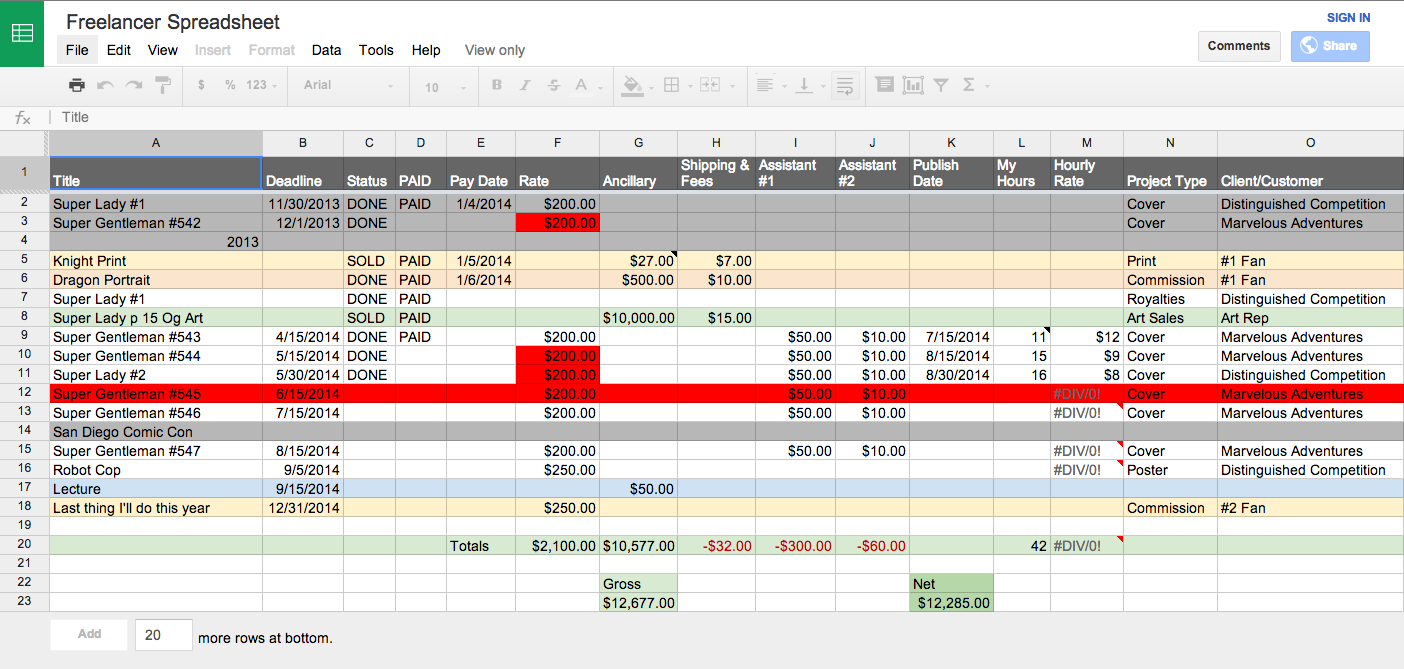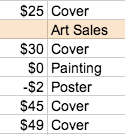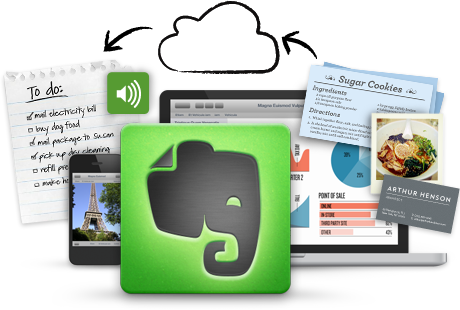 |
| AMAZING SPIDER-MAN #641 COVER. 2010. Gouache and acrylic on bristol board, 11 × 17″. |
 |
|
AMAZING SPIDER-MAN #646, Variant Cover. 2010.
Gouache and acrylic on bristol board, 11 x 17″.
|
Here’s a link to the document in the Template Gallery. It contains fanciful information, but I filled in all the cells as if for the current year. The rows are color-coded according to the type of work — that makes it easier to see what’s on the slate at a glance. Red is used to highlight projects in progress and/or pending payments. (If you’ve used a spreadsheet before, it should be intuitive, but you can find more detailed instructions here.)
There are two main benefits to keeping these records: (1) my gross and net income for the year is automatically calculated as each project is added and (2) my project rate is divided by the hours, which lets me know how valuable my time is (to people other than myself). This information will help me make decisions in the future, like whether or not I want to work for a particular client again. The pic above reveals 7 of the 148 rows from last year’s records. As you can see, my hourly rates are totally unpredictable. (And I get into negative territory when I do pro bono work that nevertheless requires paid assistance.)
Long before I started using a spreadsheet, I recorded all my transactions with Quicken, an easy-to-use personal accounting program. I still use it because having separate records can help me discover errors when there are discrepancies between the two. If you’re diligent about categorizing every transaction, Quicken can generate a year-end report that lets you know how you spent your money. When it comes to tax-deductible purchases, (computer equipment, conventions, travel, art supplies, meals, lawyers, utilities, rent, advertising, printing) you still need to save all your receipts, but you won’t have to add them up — it’s already done.
That’s quite a bit of information that you need to keep track of. And that’s not even counting the countless digital files that comprise your actual oeuvre. It’s only a matter of time before your computer gives out on you, and you had best have a backup. After burning through several external hard drives, I stopped using them years ago, opting instead for an on-line service, CrashPlan. I don’t ever want to have to use it, but that’s what insurance is for.
You’ve probably heard of Evernote, but just in case you haven’t, it’s worth a look. Although they offer a paid subscription, the free service is more than enough for me. I use it for reading (it can strip away ads and save articles for later), gather reference for projects, structure plots and ideas for my own stories, or even remember people I meet. (Oh, and recipes too.) They seem to be a responsible company as well. When Adobe’s servers got hacked, Evernote was the one to tell me — not Adobe. They cross-referenced the leaked data and informed anyone with an email address that appeared in their own records.
Last, but not least, my most annoying recommendation: I have my computer announce the time every 15 minutes. My wife hates it (and I can’t blame her). I got the idea when visiting then-Marvel-editor-in-chief, Joe Quesada. It was a constant, grating interruption — but it kept us focused on the task at hand.












Thank you! There is much to think about in this post.
Thank you for this post! Lots to work for me. By the way, I LOVE, LOVE, LOVE the image at the top. I've always loved Coles Phillips and that is the PERFECT homage to his fadeaway girls. Great design!
Who's Coles Phillips? Kidding, kidding. Glad you liked the post. Thanks!
Great post about the biz side of art making. Great spreadsheet. I was wondering if you use an Invoicing app? I switched from quicken to Ibank and haven't looked back. Quicken just wasn't cutting it on mac any more. Ibank has been a great accounting software improvement and saved me a lot of time every tax year for pulling my write offs together! I would recommend it and it is very affordable. Thanks Paolo.
I've actually never needed to. I've only written about a dozen invoices in as many years. The comic industry doesn't seem to need them, for the most part… maybe it's due to the contracts we sign with the big companies? Thanks for the recommendation (though I'm it'll be hard to get me weened fro Quicken).
I've actually never needed to. I've only written about a dozen invoices in as many years. The comic industry doesn't seem to need them, for the most part… maybe it's due to the contracts we sign with the big companies? Thanks for the recommendation (though I'm it'll be hard to get me weened fro Quicken).
I love this stuff Paolo….thanks for sharing and explaining. I've been wanting to use Evernote for awhile, but haven't gotten into it. I'm still using stickies, note pads, computer stickies, and tried a few other computer notebooks. I seem to always come back to paper.
Gotta give this a try!
So great that new illustrators can learn here how to maintain their workload and business paperwork from your clear posts. Business always seems like the irritating part to an artist, so why not make it as easy as possible?
Perfect! thanks!
Paper can't be beat for a lot of things. I still have post-it notes always at the ready. I find it's best to use when I want to save something on my phone so I can read it later on my computer. Like any program, it's really what you make it.
Yeah, this isn't the most exciting subject in the world, but it's necessary, and that's why I want to make it as efficient as possible… so I can get back to doing the fun stuff.
Today i dreamt i was a spider man 😛 running from a huge crazy monster 😀 😀
I hope it was fun. My only recurring dream has to do with zombies.
Thank you for sharing valuable information. Nice post. I enjoyed reading this post. The whole blog is very nice found some good stuff and good information here Thanks..Also visit my page Affordable Accountant Intouch Accountants aims to provide an affordable, timely, clear and concise accounting service for small and medium businesses.
Freelancing is really enjoyable, but it gets quite complicated if you're computing your taxes. I see that you've worked your way around it. The key here is getting everything documented and recorded; without those, a person would have to resort to guesswork and miss things. Once you get all of your data, getting your taxes right by your accountant should be a breeze.
Sergio Boyd @ Patrice Mills CPA, Inc.